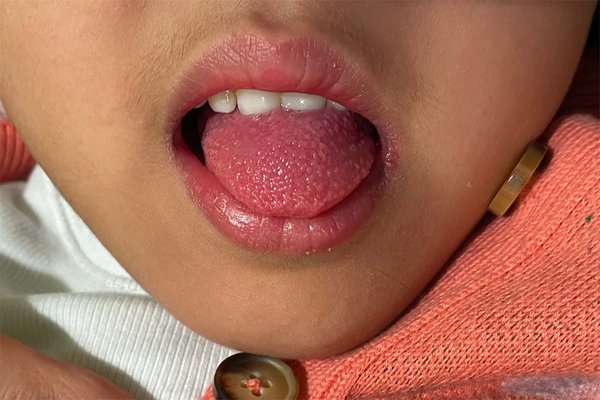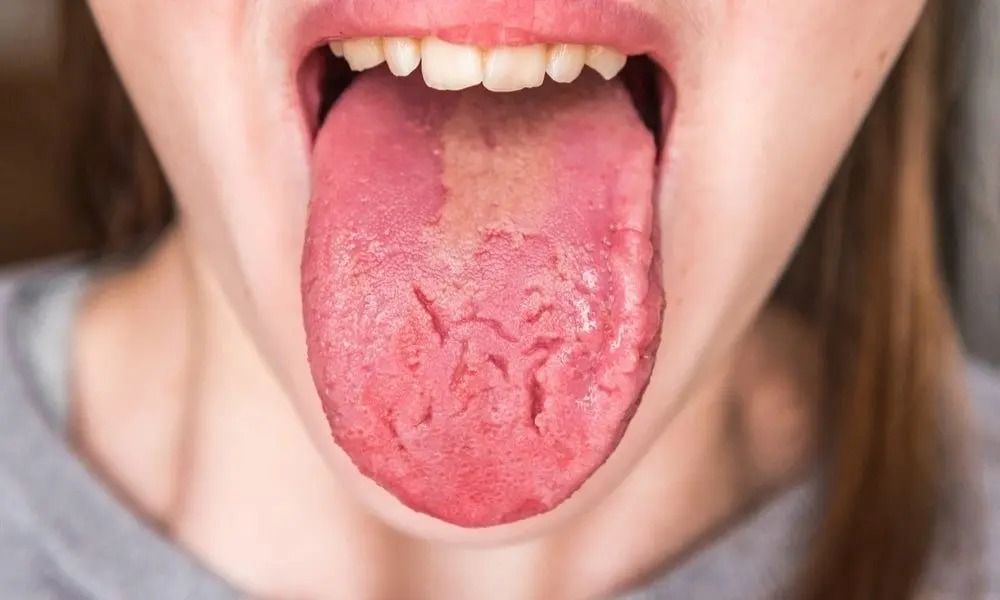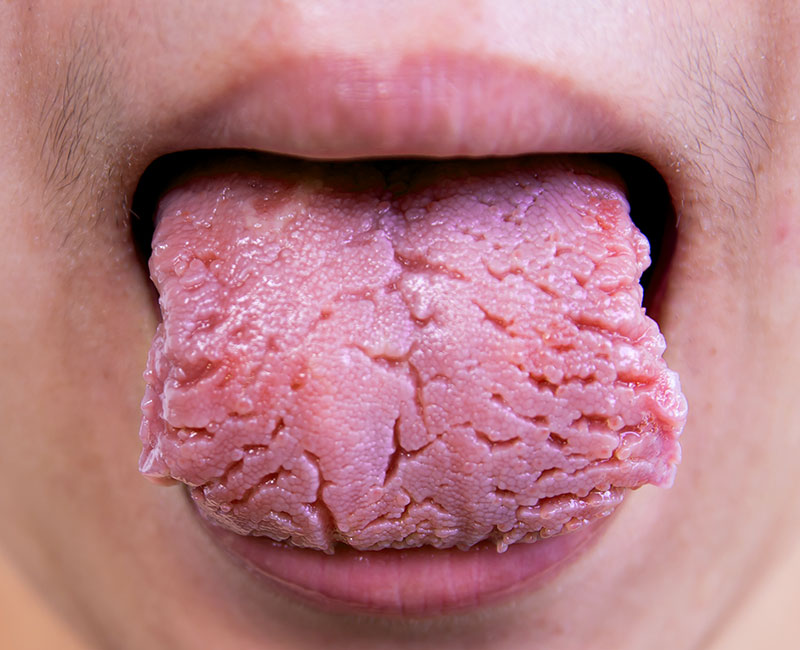Why Your Tongue Is a Window Into Your Well-Being
Your body has many subtle ways of signaling when something isn’t quite right—long before serious symptoms appear. One often-overlooked source of insight is your tongue. Its color, texture, and shape can reveal vital information about your overall health and even signal underlying problems before they become more serious.
From stress and poor digestion to circulatory issues and hormonal changes, the tongue can provide useful diagnostic clues. In this article, we explore what various changes in your tongue might indicate and when it’s time to seek medical advice.
What a Healthy Tongue Looks Like
A healthy tongue should be pink, soft, and covered with a thin, nearly transparent white coating. It should move freely without discomfort, and its surface should appear moist and slightly rough due to the presence of papillae (tiny projections that contain taste buds).
If your tongue meets this description, it’s a strong sign your internal systems—particularly digestion and circulation—are functioning well.
Common Tongue Signs and What They Might Mean
Swollen Tongue With Tooth Marks on the Sides

If the edges of your tongue appear scalloped or bear indentations that match your teeth, this may indicate a digestive imbalance. In Traditional Chinese Medicine (TCM), these are referred to as “molar marks” and are often associated with fluid retention or poor metabolism.
What to do:
-
Avoid cold or iced beverages, which may slow digestive fire (especially in TCM belief).
-
Focus on warm, easily digestible meals.
-
Consider probiotics or digestive enzymes if bloating and discomfort are ongoing.
Red or Bright Red Tongue

A tongue that appears unusually red—especially if it’s smooth—may indicate excess heat in the body. This is common in people who are experiencing:
-
Chronic stress
-
Poor sleep
-
Anxiety or irritability
-
Nutrient deficiencies such as B12 or iron
It can also suggest inflammation or fever, depending on other symptoms.
What to do:
-
Avoid spicy foods, alcohol, and caffeine.
-
Practice stress management techniques like deep breathing or yoga.
-
Stay hydrated and focus on anti-inflammatory foods such as leafy greens, cucumbers, and berries.
Purple or Dark-Colored Tongue

A dark or purplish hue can signal poor blood circulation or oxygen deficiency. This could result from sedentary behavior, chronic fatigue, or underlying cardiovascular issues.
Associated symptoms may include:
-
Migraines
-
Leg cramps
-
Cold hands and feet
What to do:
-
Engage in gentle cardiovascular exercise like walking or swimming.
-
Improve blood flow with stretching or massage.
-
Ensure you are getting enough iron and vitamin E.
If accompanied by chest pain, dizziness, or shortness of breath, this could indicate a serious issue and you should consult a doctor immediately.
Cracked or Fissured Tongue
Visible cracks or grooves on the surface of the tongue can occur naturally with age but are particularly common during menopause or hormonal shifts. In TCM, this pattern is associated with excess heat and dryness, often made worse by stimulants or dehydration.
What to do:
-
Reduce consumption of alcohol and coffee.
-
Stay well-hydrated with water and herbal teas.
-
Focus on moistening foods like pears, melons, and soups.
Cracked tongues that are painful, bleeding, or accompanied by a burning sensation may point to an inflammatory condition like geographic tongue or Sjogren’s syndrome, which warrants medical evaluation.
Pale Tongue
A tongue that appears unusually pale may indicate anemia or a general deficiency in blood or qi (energy). It can also suggest a lack of nutrients or exhaustion due to overwork or chronic illness.
What to do:
-
Eat iron-rich foods such as red meat, lentils, and spinach.
-
Include vitamin C to enhance iron absorption.
-
Get blood tests to rule out iron or B12 deficiency if fatigue is persistent.
When to Seek Medical Advice
While most tongue changes are benign and temporary, there are certain signs that should prompt further evaluation:
-
Persistent white patches that don’t scrape off (may signal fungal infection or precancerous changes)
-
Painful ulcers lasting longer than 2 weeks
-
Sudden color change not linked to food or medication
-
Bleeding without injury
-
Swelling or lumps
These symptoms could indicate infections, immune disorders, or even oral cancers. If in doubt, consult a physician or dentist.
How to Maintain a Healthy Tongue
Taking care of your tongue is part of maintaining good oral hygiene and overall health. Here are practical tips to keep your tongue in top condition:
-
Brush your tongue daily using a toothbrush or tongue scraper to remove bacteria and debris.
-
Stay hydrated to prevent dry mouth and promote circulation.
-
Avoid smoking and excessive alcohol, both of which irritate the tongue and increase the risk of oral cancer.
-
Visit your dentist regularly for routine oral exams.
-
Eat a balanced diet rich in vitamins and minerals to support cellular regeneration and tissue health.
Final Thoughts
Your tongue is more than just a tool for speaking and tasting—it’s a reliable barometer of your internal health. Learning to recognize changes in color, texture, or sensitivity can help you identify imbalances early and take proactive steps to correct them.
While some changes are natural with age or diet, others may be early indicators of more serious issues. Don’t ignore what your tongue is telling you. Observing it regularly—and acting on any concerns—can make a big difference in maintaining your long-term health.






